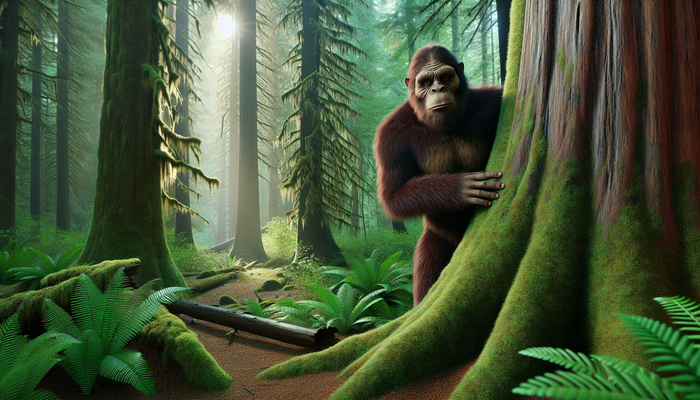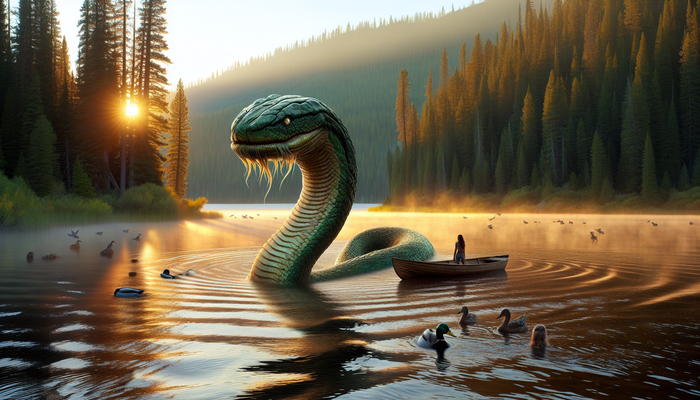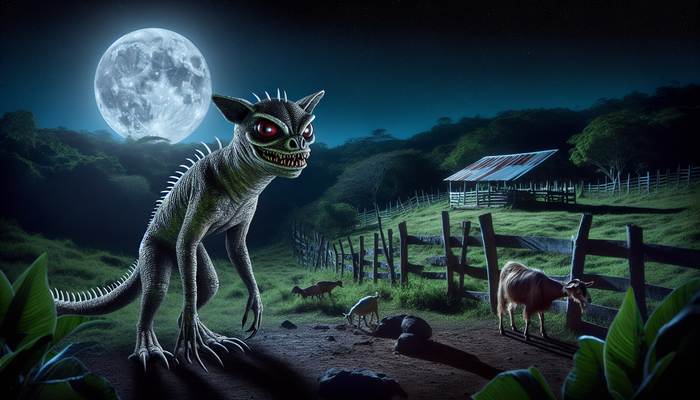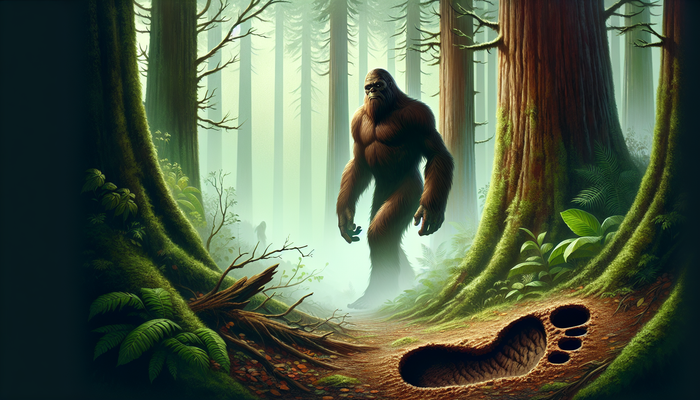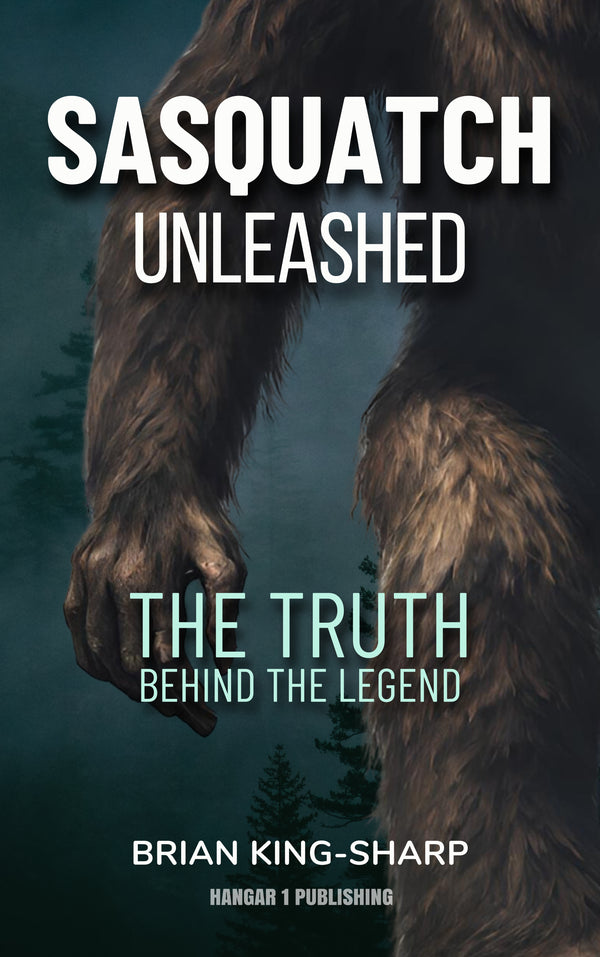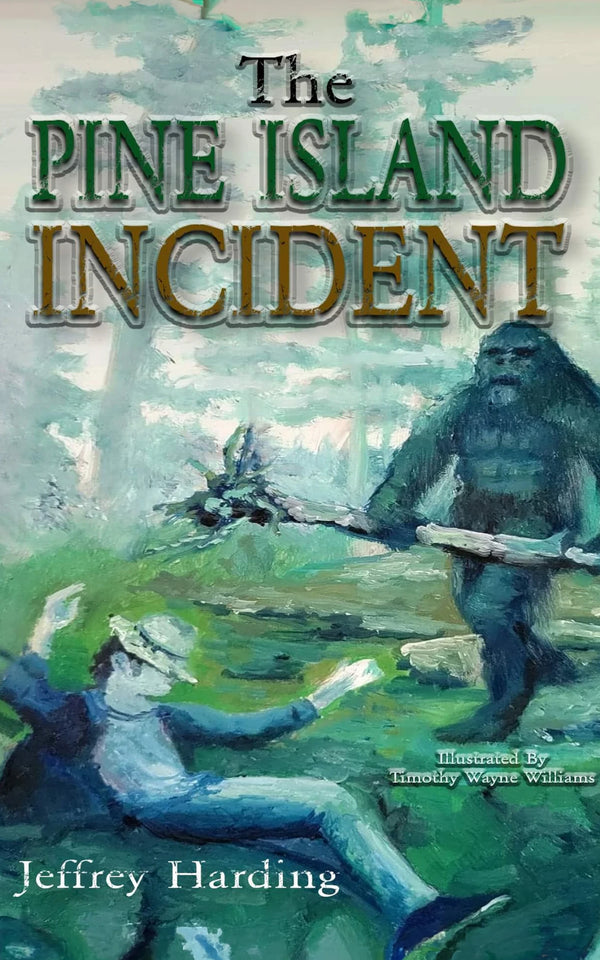Uncovering the Mysteries of Idaho's Bigfoot Sightings
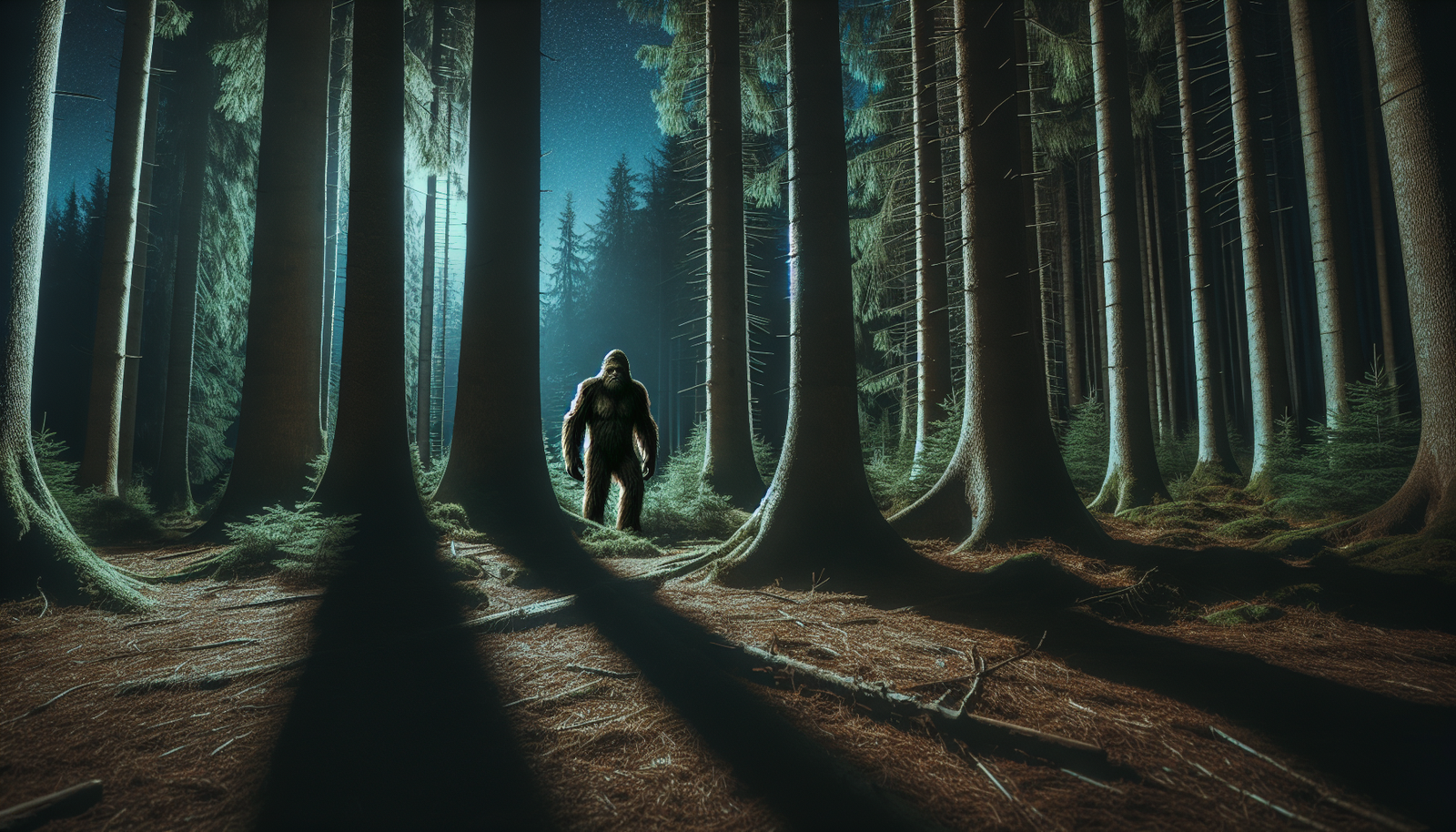
By Dr. Elizabeth Harper, Cryptozoologist
In the heart of the American Northwest, a legend looms large. Amidst the towering pines and rugged wilderness of Idaho, whispers of a mysterious creature have echoed for generations. This elusive being, known as Bigfoot or Sasquatch, has captured the imagination of locals and researchers alike, leaving an indelible mark on the state's rich tapestry of folklore and natural history. As a seasoned biologist and cryptozoologist, I have dedicated my career to unraveling the enigmas that lurk in the shadows of our world. And now, I find myself drawn to the Gem State, compelled to explore the history, evidence, and cultural impact of Sasquatch in this captivating corner of the country.
Idaho's reputation as a hotspot for Bigfoot sightings is well-established, with countless eyewitness accounts and tantalizing pieces of evidence scattered throughout its vast wilderness. From the dense forests of the northern Panhandle to the remote reaches of the Boise National Forest, reports of large, hairy, bipedal creatures have persisted for decades, igniting the curiosity of skeptics and believers alike. As I delve into the mysteries surrounding Idaho's Bigfoot phenomenon, I am reminded of the words of author and researcher Loren Coleman: "The quest for Sasquatch is not just about finding a new species; it's about discovering the depths of our own humanity and our connection to the natural world."
In this article, we will embark on a journey through the annals of Idaho's Bigfoot lore, examining the state's most compelling sightings, the tireless work of dedicated researchers, and the creature's enduring influence on local communities. By approaching this subject with an open mind and a scientific lens, we will attempt to separate fact from fiction, shedding light on one of the most intriguing and polarizing topics in the realm of cryptozoology. So, dear reader, join me as we venture into the heart of Idaho's wilderness, in search of answers to the age-old question: Does Bigfoot truly roam these lands?
Idaho's Bigfoot Hotspots
To understand the scope and significance of Idaho's Bigfoot phenomenon, one must first examine the sheer volume and distribution of sightings across the state. According to a recent analysis by the Bigfoot Field Researchers Organization (BFRO), Idaho ranks an impressive 4th in the United States for Bigfoot sightings per capita. With 93 reported encounters and a population of just over 1.7 million, the Gem State boasts an astounding 5.2 sightings per 100,000 residents. These figures alone suggest that Idaho is indeed a prime location for those seeking to unravel the mysteries of Sasquatch.
But where, precisely, are these sightings occurring? A closer examination of the data reveals several regional hotspots that have consistently produced compelling reports and evidence. Chief among these is the northern Panhandle, particularly Bonner County, which has logged an astonishing 18 incidents—the highest tally of any county in Idaho. This rugged, densely forested region, characterized by its towering evergreens and pristine waterways, provides an ideal habitat for a creature as elusive as Bigfoot. As I've traversed these remote landscapes, I've often found myself marveling at the sheer vastness and seclusion of the area, pondering the secrets that might lie hidden within its shadowy depths.
Interestingly, Bigfoot sightings are not confined solely to Idaho's most remote wilderness areas. The Boise National Forest, despite its proximity to the state's capital and largest urban center, has also been the site of multiple reported encounters. In 2012, a particularly intriguing piece of evidence emerged from this region when a group of high school students, engaged in a class project, managed to capture footage of a large, dark figure moving through the woods. While the video's brevity and distance from the subject have led some to question its authenticity, the mere fact that such an incident occurred so close to a major population center underscores the pervasive nature of Idaho's Bigfoot phenomenon.
Among the state's numerous sightings, several stand out as particularly noteworthy:
- In 1977, a couple from Blanchard, Idaho, reported seeing a large, hairy creature ascending the slopes of Mount Spokane, just across the border in Washington state. Experienced tracker Wayne Rasmussen later discovered a series of 17.5-inch footprints in the area, lending credence to the couple's account.
- More recently, in 2010, two teenage girls stumbled upon a massive, 16-inch footprint while riding ATVs in the woods of Kootenai County. Though the print was ultimately washed away by rain before a cast could be made, photographs of the find have since been analyzed by BFRO investigators, who deemed it consistent with the dimensions and characteristics of a Sasquatch track.
- Perhaps one of the most striking encounters in recent years occurred in 2017, when a 50-year-old woman from the small town of Tensed reported a sighting along Highway 95, near Potlatch. According to her account, a 7-to-8-foot-tall, hairy creature emerged from the roadside, chasing a group of deer and causing her to swerve and collide with one of the animals. The woman promptly reported the incident to the Latah County Sheriff's Department, adding yet another layer to the tapestry of Idaho's Bigfoot lore.
As I've immersed myself in the study of these sightings, I've come to appreciate the rich diversity of Idaho's landscapes and the myriad ways in which they might support the existence of an undiscovered primate species. From the dense, old-growth forests of the Panhandle to the rugged, mountainous terrain of the central and southern regions, the Gem State offers a veritable mosaic of habitats that could conceivably harbor a creature as adaptable and intelligent as Sasquatch. While the evidence remains circumstantial, the sheer volume and consistency of reports from across Idaho suggest that there may indeed be more to this mystery than mere folklore and misidentification.
Dr. Jeffrey Meldrum: Idaho's Leading Bigfoot Researcher
In the world of Bigfoot research, few names carry as much weight as that of Dr. Jeffrey Meldrum. As a professor of anatomy and anthropology at Idaho State University, Meldrum has dedicated more than 25 years of his career to the scientific study of Sasquatch, earning him a reputation as one of the field's most respected and influential figures. His tireless pursuit of evidence, coupled with his rigorous academic background, has brought a much-needed level of credibility to a subject often dismissed as pseudoscience or fantasy.
Meldrum's fascination with Bigfoot began in his youth, when he first encountered the now-famous Patterson-Gimlin film—a brief, grainy video clip purportedly depicting a female Sasquatch striding through the forests of northern California. The footage, captured in 1967, has since become a cornerstone of Bigfoot lore and a subject of intense scrutiny and debate among researchers and skeptics alike. For Meldrum, the film served as a catalyst, sparking a lifelong interest in the possibility of an undiscovered primate species inhabiting the remote wilderness areas of North America.
As he pursued his academic career, earning degrees in zoology, anatomy, and anthropology, Meldrum never lost sight of his passion for Sasquatch research. His scientific approach to the subject, rooted in his expertise in primate locomotion and evolutionary biology, has set him apart from many of his peers in the field. Rather than relying solely on eyewitness accounts and anecdotal evidence, Meldrum has focused his efforts on the analysis of physical traces—particularly footprints and trackways—that he believes could provide compelling proof of Bigfoot's existence.
Over the course of his research, Meldrum has amassed an impressive collection of more than 300 plaster casts of alleged Sasquatch footprints, gathered from sightings and expeditions across North America. His meticulous examination of these casts has revealed a number of intriguing anatomical features, including:
- Dermal ridges
- Pressure points
- Distinct toe positions
Meldrum argues that these features would be exceedingly difficult for a hoaxer to fabricate. Additionally, the sheer size of many of these prints, with some measuring up to 18 inches in length, suggests that they could not have been made by a human foot, even one clad in an oversized shoe or boot.
Meldrum's scientific approach to Bigfoot research has not been without its challenges, however. Despite his impeccable academic credentials and the rigor of his methods, he has faced skepticism and even ridicule from some of his colleagues in the scientific community. Many view his pursuit of Sasquatch as a fringe endeavor, unworthy of serious consideration or resources. Yet, Meldrum remains undeterred, arguing that the search for Bigfoot is a legitimate scientific inquiry, one that could potentially shed light on the evolution and diversity of primate species, as well as the complex relationship between humans and the natural world.
In my own interactions with Dr. Meldrum, I have been struck by his unwavering commitment to the scientific process and his willingness to follow the evidence wherever it may lead. His approach is one of cautious optimism, tempered by a healthy dose of skepticism and a deep respect for the mysteries of the natural world. As he once told me, "The search for Sasquatch is not about proving a point or vindicating a belief. It's about exploring the possibilities of the unknown and expanding the boundaries of our understanding."
As Idaho's leading Bigfoot researcher, Meldrum's work has played a crucial role in bringing attention to the state's rich history of Sasquatch sightings and encounters. His expertise and credibility have lent weight to the accounts of countless eyewitnesses and have helped to foster a growing community of researchers, enthusiasts, and curious citizens who share his passion for unraveling the mysteries of Bigfoot. Whether one believes in the existence of Sasquatch or remains skeptical, there is no denying the impact that Dr. Jeffrey Meldrum has had on the field of cryptozoology and the study of Idaho's most enduring and enigmatic legend.
Physical Evidence and Eyewitness Accounts
At the heart of Idaho's Bigfoot phenomenon lies a complex tapestry of physical evidence and eyewitness accounts, each thread contributing to the larger narrative of Sasquatch's alleged presence in the state. From the plaster casts of enormous footprints to the haunting vocalizations and foul odors reported by those who claim to have encountered the creature, these pieces of the puzzle have captivated researchers and enthusiasts for decades, fueling the ongoing search for definitive proof of Bigfoot's existence.
Perhaps the most tangible and compelling form of evidence in the Bigfoot research community is the collection of footprint casts and trackways that have been documented across Idaho and beyond. These casts, often meticulously crafted from plaster or other molding materials, provide a three-dimensional record of the impressions left behind by the alleged creature, offering researchers a wealth of information about its size, gait, and anatomical characteristics.
As I've pored over the casts in Dr. Jeffrey Meldrum's collection, I've been struck by the level of detail and consistency they exhibit. Many of these prints feature distinct dermal ridges—the unique patterns of raised lines and whorls that correspond to the friction ridges found on the skin of primate hands and feet. These ridges, much like human fingerprints, are believed to serve a variety of functions, from enhancing grip to facilitating the transfer of sensory information. Their presence in the Sasquatch casts, Meldrum argues, suggests a level of anatomical complexity that would be difficult for a hoaxer to replicate.
Equally intriguing are the pressure points and toe positions evident in many of the casts. These features, which vary depending on the substrate and the weight distribution of the creature, offer insights into the biomechanics of Sasquatch locomotion. In some prints, the toes are splayed and curved, gripping the soil in a manner reminiscent of the way great apes navigate uneven terrain. In others, the weight appears to be concentrated in the heel and ball of the foot, indicating a more upright, bipedal stance. These subtle variations, Meldrum contends, are consistent with the adaptations one might expect to find in a large, forest-dwelling primate.
Of course, the most striking aspect of the Sasquatch footprints is their sheer size. With some casts measuring up to 18 inches in length and 8 inches in width, these impressions dwarf those of even the largest human feet. The dimensions of these prints have led researchers to estimate that adult Sasquatches may stand between 7 and 10 feet tall and weigh upwards of 800 pounds—a truly formidable presence in the wilderness.
While footprint casts provide a tangible record of Bigfoot's alleged presence, eyewitness accounts offer a more visceral and immediate window into the creature's behavior and characteristics. Throughout Idaho's history, countless individuals have reported encounters with large, hairy, bipedal creatures that defy conventional explanation. These accounts, often tinged with a mixture of awe and terror, paint a vivid picture of a being that is at once familiar and utterly alien.
One of the most commonly reported features of Sasquatch encounters is the presence of unusual vocalizations. Witnesses describe a range of sounds:
- Deep, guttural growls and howls
- High-pitched whistles
- Eerie, birdlike calls
Some researchers believe that these vocalizations may serve as a form of communication between individual Sasquatches, allowing them to coordinate their movements and maintain social bonds across vast distances.
Another recurring theme in eyewitness accounts is the overpowering, pungent odor that often accompanies Sasquatch sightings. Described variously as musky, sour, or even sulfurous, this odor is said to be so strong that it can be detected from considerable distances and may linger in the air long after the creature has departed. While the origin and purpose of this scent remain a mystery, some researchers speculate that it could be related to territorial marking, sexual signaling, or even a defense mechanism designed to deter potential predators.
Despite the wealth of physical evidence and eyewitness accounts that have emerged from Idaho and beyond, the search for definitive proof of Bigfoot's existence remains an ongoing challenge. The creature's elusive nature, coupled with the vast and often inaccessible wilderness areas it is believed to inhabit, has made it exceedingly difficult for researchers to obtain the kind of conclusive evidence that would satisfy the scientific community at large.
From Bigfoot to UFOs: Hangar 1 Publishing Has You Covered!
Explore Untold Stories: Venture into the world of UFOs, cryptids, Bigfoot, and beyond. Every story is a journey into the extraordinary.
Immersive Book Technology: Experience real videos, sights, and sounds within our books. Its not just reading; its an adventure.



